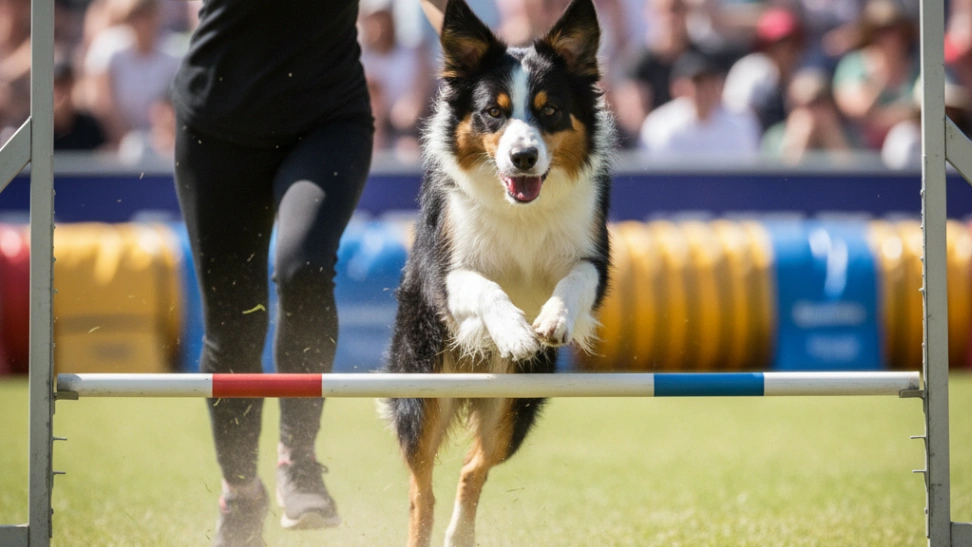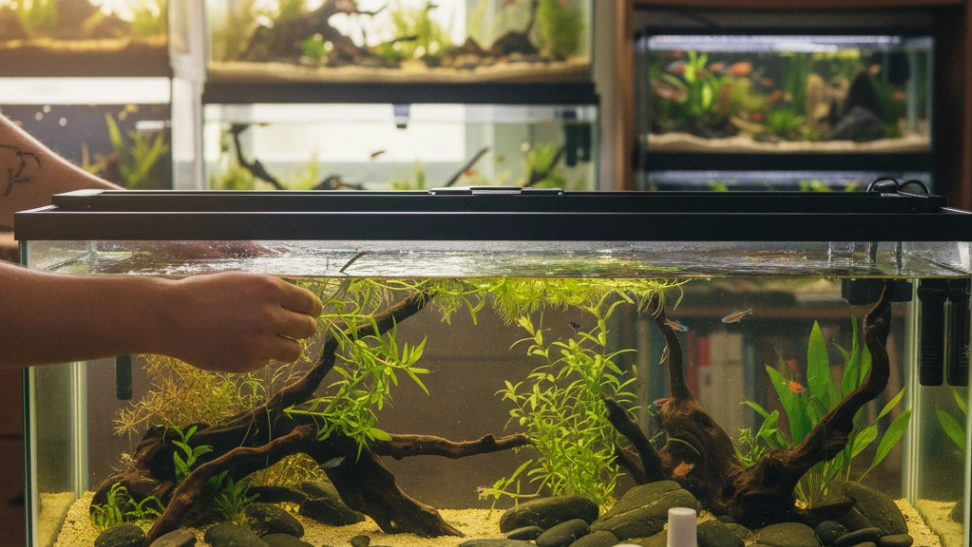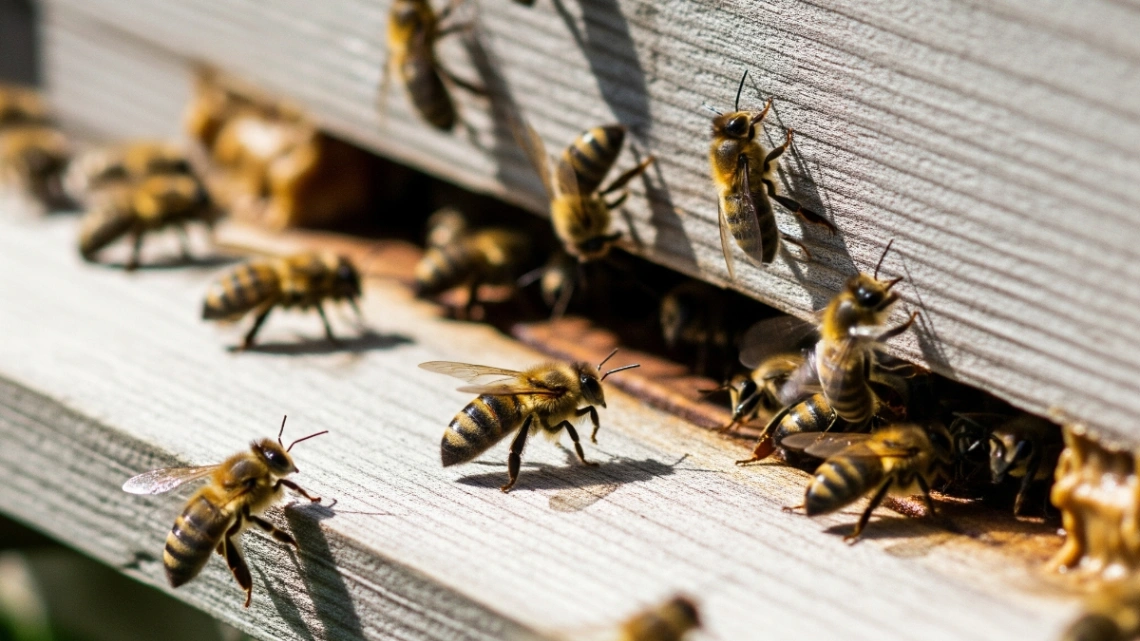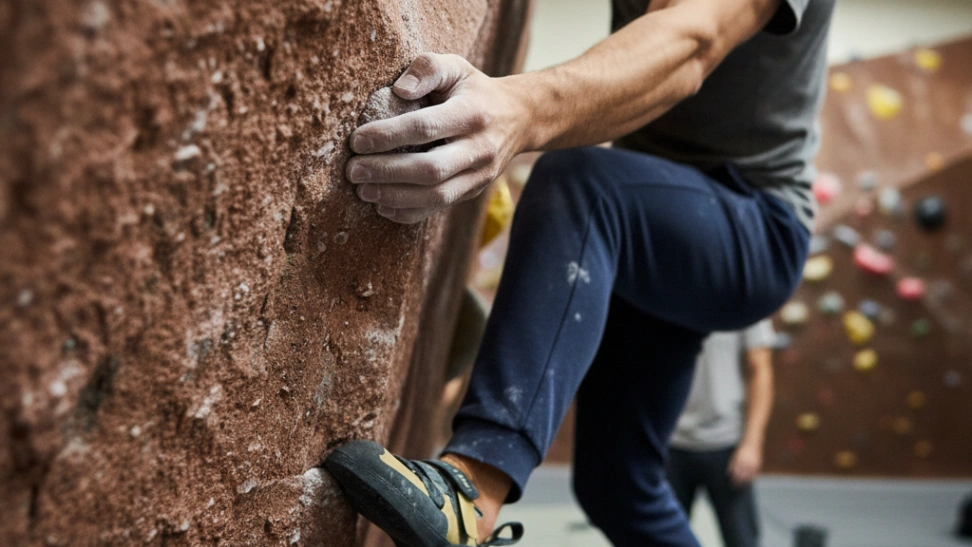The origins of competitive dog sports are deeply rooted in the historical working roles of various dog breeds. Many modern sports evolved directly from tasks dogs were bred to perform, such as herding, hunting, and guarding. For instance, agility, one of the most popular sports today, was first introduced as entertainment between events at Crufts Dog Show in England in 1978, inspired by equestrian show jumping. Obedience trials, which test a dog's ability to follow commands, trace back to military and police dog training in the early 20th century, formalizing the need for a well-behaved and responsive companion. Similarly, Schutzhund (now IPO or IGP), a demanding multi-disciplinary sport involving tracking, obedience, and protection work, originated in Germany in the early 1900s to test the suitability of German Shepherd Dogs for police and military service. These foundational sports laid the groundwork for the vast array of competitive activities we see today, each designed to highlight specific canine talents and the remarkable bond between dogs and their human counterparts. The evolution has been driven by both the practical application of dog skills and the sheer joy of working alongside intelligent animals, leading to sophisticated rule sets and international competitions. Over the decades, organizations like the American Kennel Club (AKC) in the U.S. and The Kennel Club in the UK have formalized these events, establishing breed standards, judging criteria, and pathways for progression, further solidifying their status as legitimate athletic endeavors. The emphasis has shifted from purely utilitarian roles to celebrating canine athleticism, intelligence, and the joy of shared activity, making these sports accessible to a wider audience of dog enthusiasts.
Today, the landscape of competitive dog sports is incredibly varied, catering to a wide spectrum of interests and canine capabilities. Agility remains a crowd favorite, challenging dogs and handlers to navigate obstacle courses with speed and precision, requiring excellent communication and coordination. Obedience and Rally Obedience focus on precise execution of commands, with Rally incorporating a more relaxed, walk-through course of stations. Scent work, often referred to as Nose Work, capitalizes on a dog's extraordinary olfactory sense, training them to locate specific target odors, much like detection dogs. Flyball involves teams of dogs racing over hurdles to retrieve a ball from a spring-loaded box, while Disc Dog (Frisbee) showcases incredible aerial catches and handler throws. Herding trials test a dog's natural instinct to gather and control livestock, and Dock Diving sees dogs leaping for distance or height into a pool of water. Beyond the thrill of competition, participating in these sports offers profound benefits. For the dog, it provides essential physical exercise, preventing obesity and promoting cardiovascular health. More importantly, it offers immense mental enrichment, as dogs are challenged to learn new skills, solve problems, and concentrate on tasks, which can significantly reduce behavioral issues stemming from boredom or excess energy. For the handler, it's an opportunity to deepen their bond with their dog, learn about canine behavior, and improve their training skills. The social aspect is also significant, as enthusiasts form close-knit communities, sharing advice, celebrating successes, and supporting each other through challenges. It's a journey of continuous learning and mutual growth, transforming the relationship with a pet into a dynamic partnership built on trust and shared accomplishment. This journey strengthens the human-animal bond, creating a unique language and understanding between handler and dog that transcends everyday companionship.
Embarking on the journey of competitive dog sports requires dedication and a structured approach. The first step typically involves assessing your dog's temperament, physical condition, and natural aptitudes. While many breeds excel in specific sports, mixed breeds are also highly capable and often shine. Initial training often begins with foundational obedience, ensuring the dog has a solid grasp of basic commands like sit, stay, come, and heel, which are crucial for any advanced discipline. Many local dog clubs, training centers, and private instructors offer beginner classes tailored to specific sports. These classes provide an excellent environment for learning the rules, understanding handling techniques, and introducing your dog to the equipment in a safe and controlled manner. Online resources, including instructional videos and forums, can supplement in-person training, but hands-on guidance from experienced coaches is invaluable. The commitment required varies greatly by sport and competitive level. Some sports, like basic Rally Obedience, can be pursued with moderate time investment, while others, such as high-level agility or protection sports, demand significant weekly training hours, specialized equipment, and travel to competitions. It's not just about the dog's physical ability; the handler's ability to read their dog, maintain consistency, and adapt their training methods is equally vital. Understanding canine learning theory and positive reinforcement techniques is paramount, ensuring that training is a positive and rewarding experience for both partners. The financial investment can range from minimal for foundational classes to substantial for advanced coaching, specialized gear, and competition entry fees. However, the emotional returns, in terms of achievement and the strengthened bond with your canine companion, are often considered priceless. This journey of continuous improvement fosters a unique partnership, celebrating the inherent talents and joyous spirit of dogs.
The community surrounding competitive dog sports is renowned for its passion, knowledge, and supportive nature. Participants often find a deep sense of belonging, connecting with others who share their enthusiasm for canine athleticism and partnership. This camaraderie extends beyond local training groups, with regional and national organizations hosting events, seminars, and championships that bring enthusiasts together. Mentorship is common, as experienced handlers are often eager to share their insights and help newcomers navigate the complexities of training and competition. The future of competitive dog sports appears bright, with growing participation and increasing recognition of the benefits they offer. Innovations in training methods, a greater emphasis on positive reinforcement, and ongoing research into canine health and behavior continue to enhance the welfare and performance of canine athletes. New sports are constantly emerging, such as freestyle disc and various forms of urban scent detection, reflecting a dynamic and evolving landscape. There's also a rising trend in incorporating fitness and conditioning specifically for canine athletes, mirroring human sports science, to prevent injuries and optimize performance. For those seeking a rewarding hobby that combines physical activity, mental challenge, and an unparalleled bond with their dog, competitive dog sports offer an enduring and exhilarating path. It's a world where every jump, every command, and every successful retrieve reinforces a partnership built on trust, understanding, and shared joy, making it a truly exceptional way to experience life with a dog.



